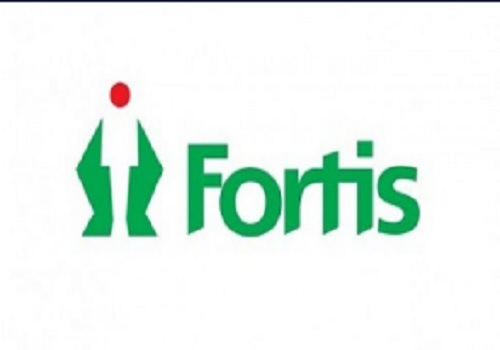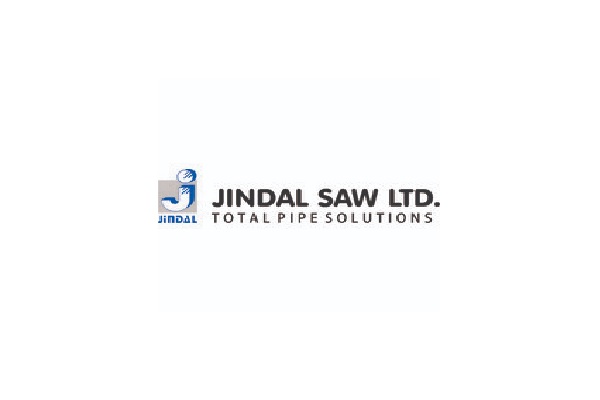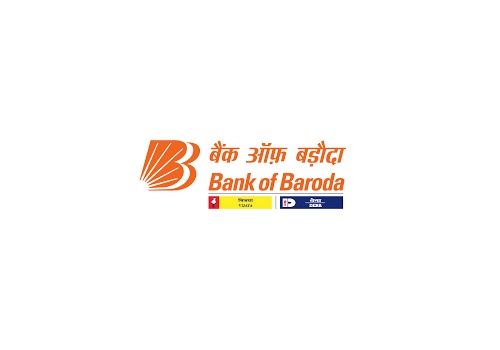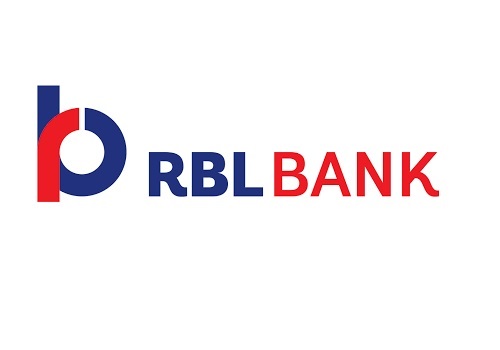Banking Sector Update :Steady performance supported by timely regulatory actions By JM Financial Institutional Securities Ltd

RBI’s latest FSR points out that, asset quality for the banking sector continued its improving trend with GNPA/ NNPA at 3.2%/0.8% as of Sep’23 supported by improved recovery and upgrades. It also highlights that SCB’s/ NBFCs experienced robust credit growth at 19.4%/ 20.8% in Sep’23 (YoY), driven by a shift towards retail lending, particularly unsecured loans. However, deposit growth lagging behind credit growth at 13.4% for SCBs in Sep’23 (YoY), with term deposits leading the growth. The RBI's initiative to raise risk weights aims to enhance stability and improve credit dynamics by compelling banks and NBFCs to allocate higher capital for unsecured retail loans. However, despite the changes, capital adequacy for banks is expected to decrease by 71bps to 16%, well above the regulatory threshold of 11.5%. RBI also takes cognizance of heightened dependence of NBFC’s on banks for financing. This is supported by predominant portion of these borrowings being secured and 80% of credit given to those with AA-rating and above.
? Credit growth outpaces deposit growth: SCB’s have witnessed momentum in credit growth with it at 19.4% in Sep’23(YoY) (15.3% net of merger) as against 15.4% in Mar’23 (YoY). This was led by shift towards retail lending especially unsecured lending. Retail loans witnessed a CAGR of 25.5% over Sep’21-23 resulting in share of retail loans expanding to 42.2% in Sep’23 vs 37.7% in Sep’21. As the same time, unsecured retail share stood at 23.3% growing at 27% during the same period. SFB’s have also witnessed uptick in credit growth at 23.2% in Sep’23 (YoY). Whereas, NBFC credit grew at 20.8% in Sep’23 (YoY) as against 16.1% in Mar’23 (YoY) primarily led by personal loans and loans to industries. Deposit mobilisation has picked up pace in FY24 although it lags credit growth, with SCB’s growing at 13.4% (net of merger 12.3%) in Sep’23 (YoY) as against 10% in Mar’23 (YoY) led by term deposits (19.5% Sep’23 YoY) as opposed to slow growth in CASA (5.3% Sep’23 YoY).
? System CRAR expected to decline; well above regulatory threshold: CRAR and CET1 for SCB’s stood at 16.8% and 13.7% in Sep’23 respectively vs the regulatory requirement of 11.5% CRAR and 8% CET1. While that for NBFC’s stood at 27.6% well above the regulatory requirement of 15%. RBI’s initiative to raise risk weights enhances stability and improves credit dynamics. It mandates banks and NBFCs to set aside higher capital for unsecured retail loans, thereby strengthening their ability to absorb losses. Additionally, it acts as a check on aggressive growth, ultimately leading to an improvement in credit quality. When accounting for the increased risk weights, the CET1 and CRAR for the banking system (comprising PSBs and PVBs) is expected to decrease by 71 basis points to 16%, with CET1 potentially declining by 58 basis points to 13.2%. However, the impact varies across different banks.
? Sanguine asset quality across banks and NBFCs: GNPLs/ NNPLs for the system continued their declining trend and stood at 3.2%/0.8% respectively as of Sep’23 as against 3.9%/1% as of Mar’23 . Half yearly slippage ratio for SCB’s increased to 0.9% as of Sep’23 with increase in write-off (as % of GNPA) to 29.9%. The sustained reduction in GNPA was attributed to lower slippages post covid, higher upgrades and recoveries. GNPA remains high in agriculture segment at 7%.
Please refer disclaimer at https://www.jmfl.com/disclaimer
SEBI Registration Number is INM000010361










More News

Banking Sector Update : Soft quarter, earnings cut for some imminent By Elra Capital Ltd













